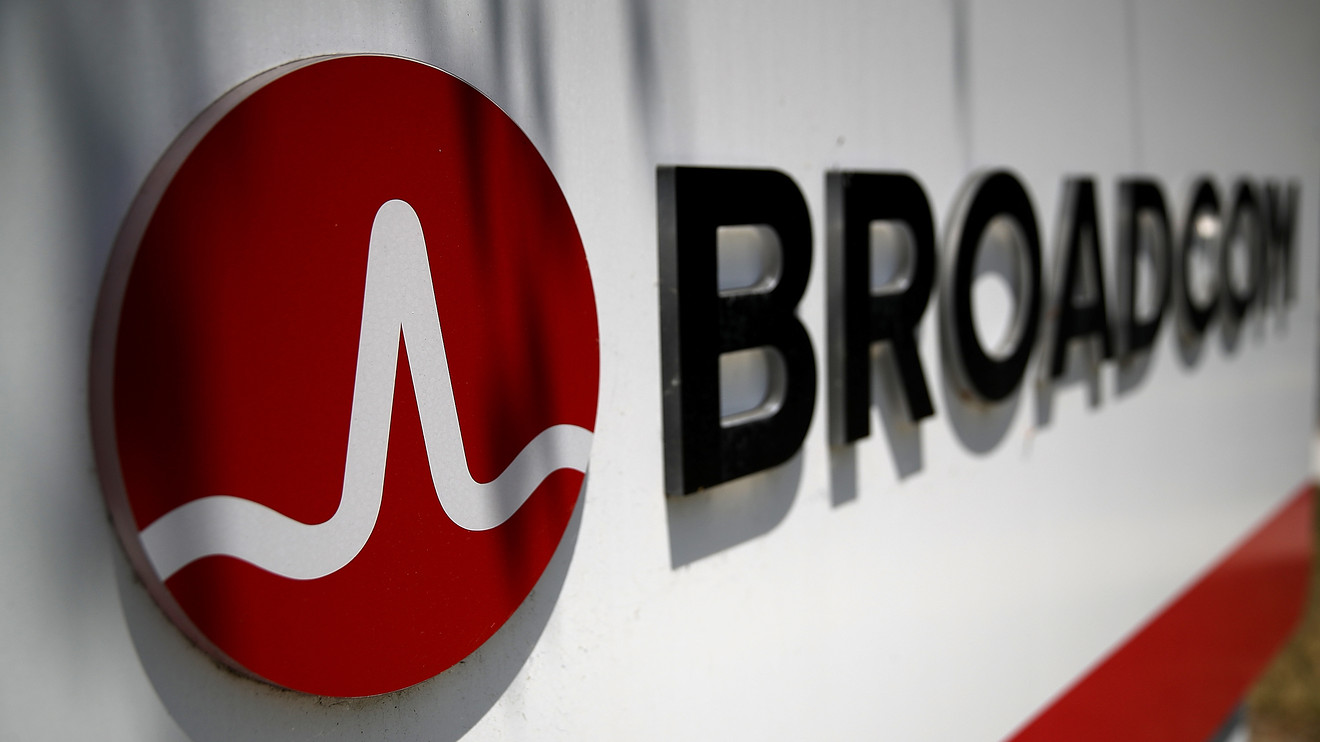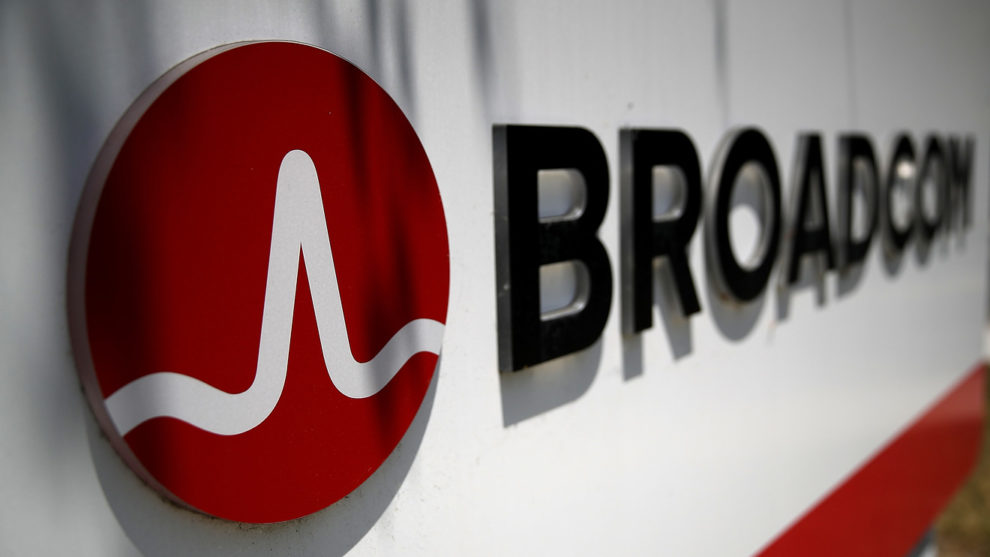
Broadcom Inc. dropped its annual guidance Thursday afternoon and specifically blamed uncertainty in its semiconductor business through the rest of the year due to the spread of COVID-19, which appeared to push other chip stocks down in late trading.
In remarks in a conference call Thursday, Broadcom AVGO, -11.05% Chief Executive Hock Tan specifically said that yanking the company’s annual forecast was due to the company’s semiconductor business, not the software segments that Broadcom has acquired in recent years. He also said that a big part of his doubts about the business focused on the second half of the year, when some industry observers had expected the business to rebound from coronavirus-influenced effects.
For more: Tech supply chain is recovering from coronavirus, but beware a relapse
“There is no doubt COVID-19 has created a high level of uncertainty, which we can help but think is going to have an impact on our semiconductor business, in particular in the second half of the fiscal year,” Tan said in reporting fiscal first-quarter results. “But frankly visibility is bad and confidence continues to erode. … Keep in mind through all the cyclicality and uncertainty given the high degree of recurring revenue based on multiyear contracts, any uncertainty around infrastructure software revenue is likely to be very much more muted.”
Broadcom shares plunged more than 9% in late trading, as results came in lower than analysts expected. Other semiconductor companies appeared to feel pain as well, which accelerated after Tan laid the blame on potential chip-sales declines in the second half.
All but two of the 30 components in the PHLX Semiconductor Index SOX, -10.91% were down in after-hours trading as of 6 p.m. Eastern, led by Broadcom and declines of more than 4% from Advanced Micro Devices Inc. AMD, -14.64% , Nvidia Corp. NVDA, -12.24% and Skyworks Solutions Inc. SWKS, -10.34% . AMD and Nvidia are among the strongest gainers in the past 12 months in the S&P 500 index SPX, -9.51% , with AMD at the top of that list after leading the index in annual gains in each of the past two years.
At an analyst-day event last week, AMD Chief Executive Lisa Su maintained the company’s revenue guidance for the current quarter despite the spread of COVID-19. She said that the chip maker was back to “normal supply capacity” after the initial spread of the coronavirus in China had extended the Lunar New Year holiday and disrupted manufacturing in the company for longer than expected.
See also: AMD sets ambitious growth targets, but stock may already be pricing that in
Tan’s commentary eventually focused less on manufacturing and supply than demand, however.
“On the demand side, there was a slowdown [in China],” he said in response to a question from an analyst. “There has also been some level of recovery since then in China as this as the pandemic in China starts to subside somewhat. Now having said that, we’re looking over at the U.S., Europe now, and we’re seeing that going into its full-blown glory. Can we extrapolate what we see in China over here? To be honest, we don’t know.”
“You could say the revenues could drop say 5% to 10% from our $25 billion original forecast,” Tan later said.
div > iframe { width: 100% !important; min-width: 300px; max-width: 800px; } ]]>






